65 pages • 2 hours read
Ed. Lyndon J. Dominique, AnonymousThe Woman of Colour: A Tale
Fiction | Novel | Adult | Published in 1808A modern alternative to SparkNotes and CliffsNotes, SuperSummary offers high-quality Study Guides with detailed chapter summaries and analysis of major themes, characters, and more.
Themes
Urban Life Versus Rural Life
Content Warning: This section of the guide refers to enslavement.
Like many 19th-century English novels, The Woman of Colour takes place in a country whose landscape was being rapidly transformed by technology, industry, and commercial capitalism. The primary way these transformations make themselves visible is in the relationship between cities and rural or agricultural spaces. Olivia, who moves frequently between different types of landscapes, seems to have mixed feelings about city life but ultimately concludes that she prefers life in the country. In her descriptions, she assigns cities like London and Bristol characteristics that are commonly assigned to metropolitan spaces in novels from this period: To her, they are defined by strangeness and alienation, disorder, and lavish displays of material wealth.
When Olivia arrives in Bristol, a large port city, she immediately notices that there is a huge amount of activity even at “the still hour of evening” when the ship docks, and her natural self-confidence ebbs away as she realizes she is “entering into a world of strangers” (69). After she and Augustus marry and relocate to London, she seems to feel safer and more relaxed—perhaps because the question of whether she would marry at all has been answered—but still sees London as a slightly unsettling curiosity in which she does not wish to dwell too long.
Related Titles
By these authors

Arabian Nights
Anonymous
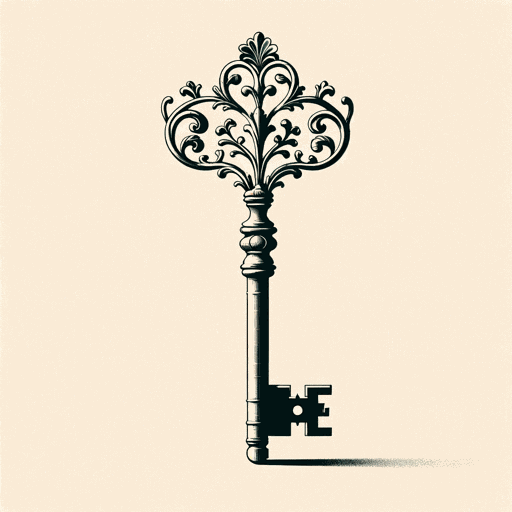
Arden of Faversham
Anonymous

A Woman in Berlin
Anonymous

Bible (New Testament): English Standard Version
Anonymous
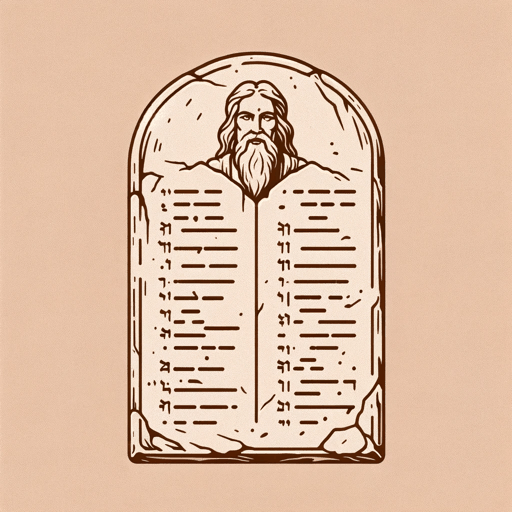
Bible: Old Testament: English Standard Version
Anonymous

Deuteronomy
Anonymous

Diary of an Oxygen Thief
Anonymous

Do Not Stand at My Grave and Weep
Anonymous

Everyman
Anonymous

Hebrew Bible
Anonymous

Holy Bible
Anonymous
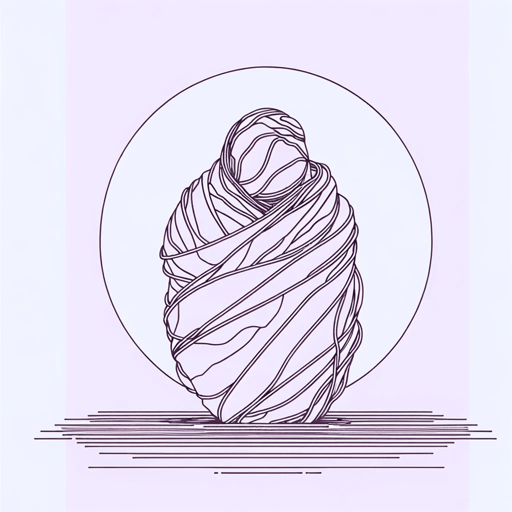
Homeric Hymns
Anonymous
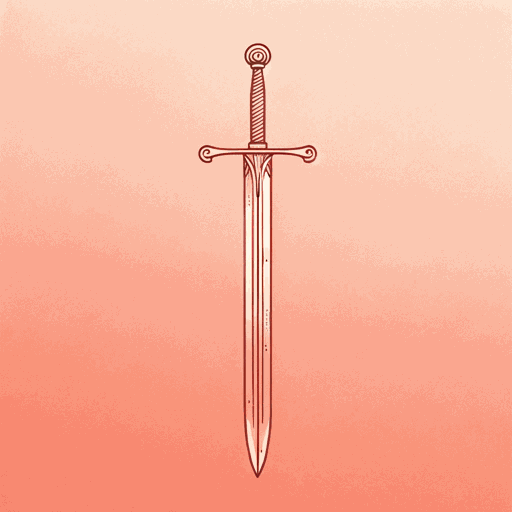
Judith
Anonymous

Laxdaela Saga
Anonymous
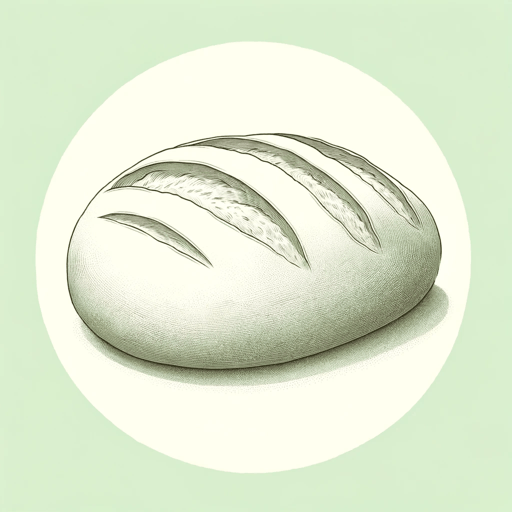
Lazarillo De Tormes
Anonymous

Mahabharata
Anonymous
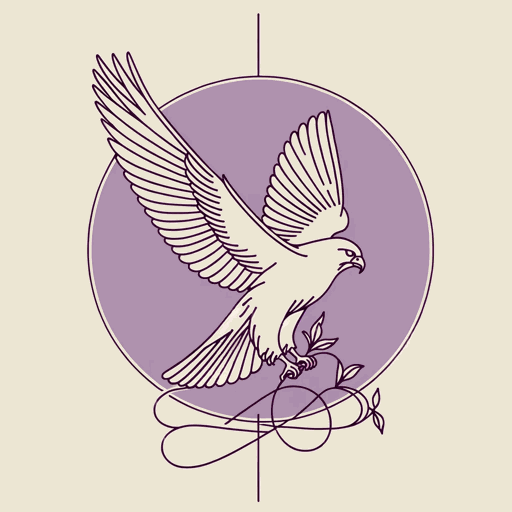
Nibelungenlied
Anonymous
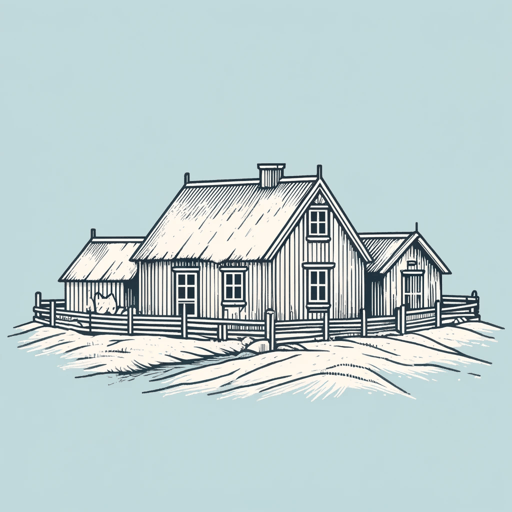
Njals Saga
Anonymous

One Thousand and One Nights
Anonymous

Popol Vuh
Anonymous
Featured Collections
Black History Month Reads
View Collection
Books that Feature the Theme of...
View Collection
Colonialism & Postcolonialism
View Collection
Colonialism Unit
View Collection
Equality
View Collection
Fate
View Collection
Historical Fiction
View Collection
Marriage
View Collection
Valentine's Day Reads: The Theme of Love
View Collection

